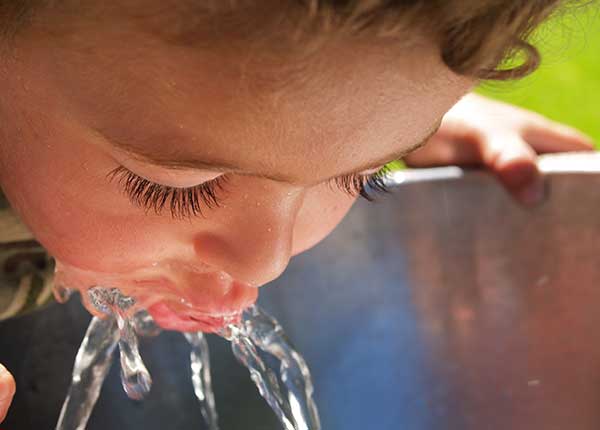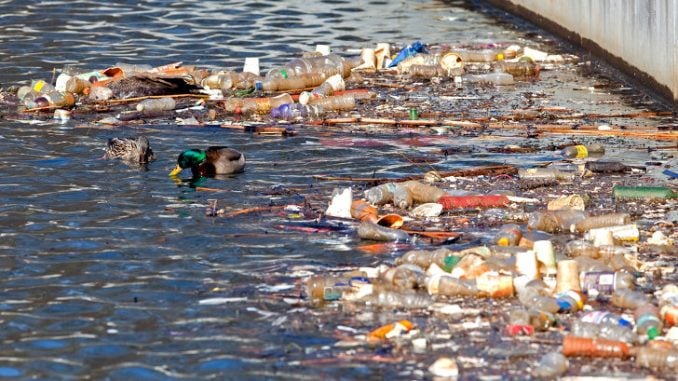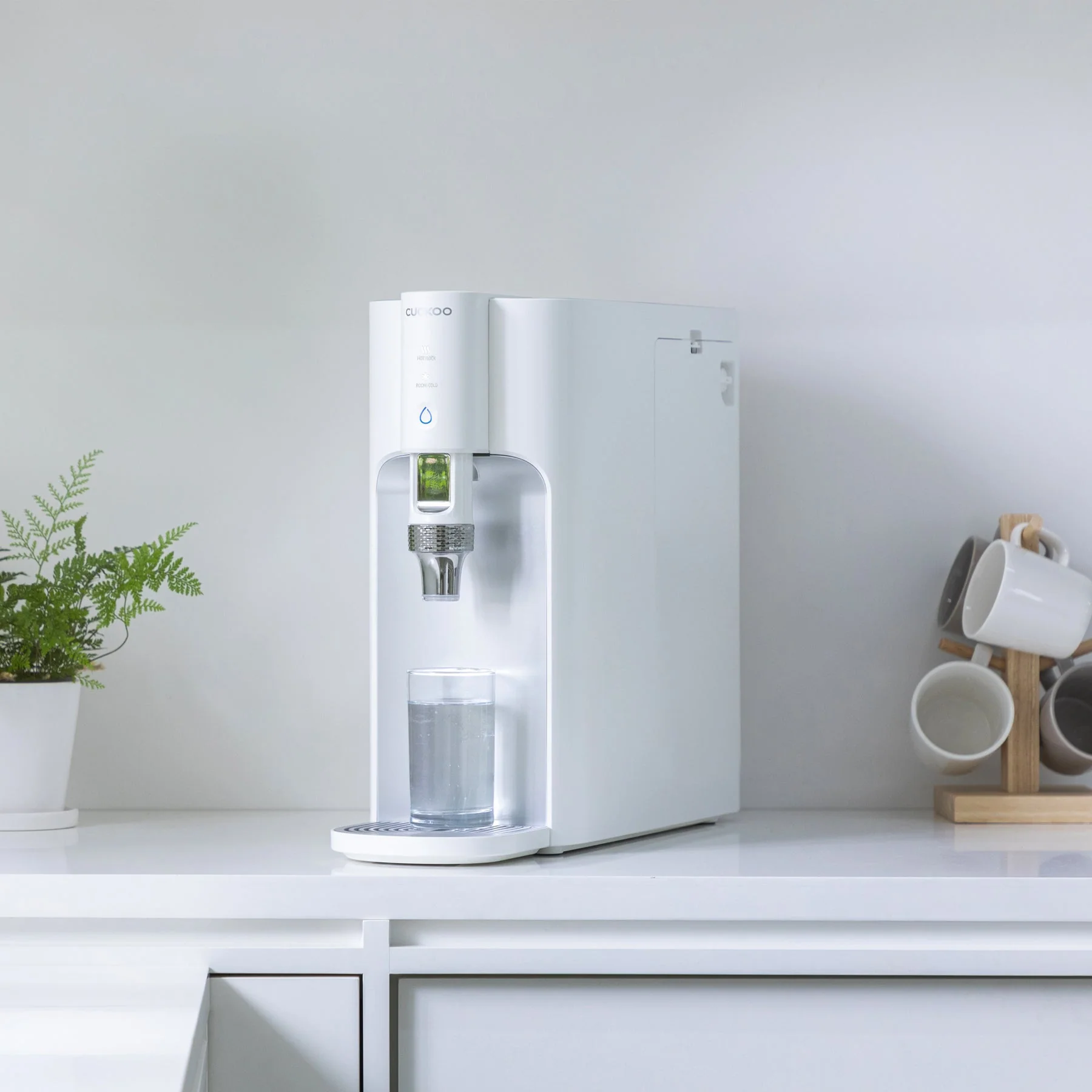Innovative Water Filtration for Urban Spaces

Table of Contents
As urban settings become more populated, the demand for pure, clean water increases. With growing populations in metropolitan areas globally, ensuring safe drinking water is a prioritised challenge. This article will delve into the dilemmas faced by urban communities regarding water pollution and innovative filtration technologies to combat them.
Urban Water Challenges

Urban centres face mounting obstacles in providing clean drinking water as populations expand. Old pipe systems caused the loss of over 1 trillion litres of water from leaks across the UK in 2021. And during droughts, supplies run dangerously low. Water scarcity could plague major cities within decades.
Climate change exacerbates the issue through extreme weather events and hotter summers. Meanwhile runoff laden with chemicals, microplastics and pharmaceuticals infiltrates reservoirs after storms. Without innovative thinking, cities may fail to provide the volumes of safe, affordable water needed in coming years.
Importance of Water Filtration
Water filtration forms the frontline of defence against pollutants for densely populated metropolises. Filters eliminate bacteria and toxins that endanger public health. For children, and the vulnerable, the stakes are highest.
Moreover, filtration prevents sediment buildup that can damage infrastructure and appliances—a costly issue in suburban sprawl where houses rely on individual units. As decreasing water quality threatens major cities globally, adequate purification systems offer protection.
Necessity of Innovation
Many large-scale municipal treatment plants still depend on decades-old filtration processes. But primordial methods like sand filtration and chlorine disinfection fail against complex modern-day pollutants. Without rapid innovation, cities may resort to installing massively expensive mega-plants. Instead the solution lies in new thinking around decentralised systems.
By diversifying supply chains, cities can tailor hyper-localised filtration to individual needs. Some innovative companies like the Australian provider Filtap have engineered smaller-scale units with low operational overheads that can be customised for various filtration requirements.
Innovation must address economic feasibility too by scaling systems down for urban and household contexts while still removing the latest problematic micro-pollutants. Visit https://www.filtap.com.au/ to learn more about such innovations in water filtration products.
Types of Water Pollutants

The diversity of pollutants facing urban environments is immense. They include industrial chemicals, pharmaceuticals, heavy metals and harmful bacteria. Natural pollutants such as sediments and salts can compound the issue. Each pollutant poses different risks and challenges in removal.
Filtration methods must therefore be customised to meet locale-specific pollutant profiles – a challenging task indeed.
Innovative Filtration Technologies
As challenges surmount, innovators worldwide are coming up with novel filtration technologies designed for urban contexts. For instance, bio-inspired filtration processes mimic natural purification methods used by plants and animals for the capture of nanoparticles and organic materials without using toxic chemicals.
Nanotechnology, on the other hand, leverages incredibly small particles to filter out contaminants at the molecular level. Nanofilters hold promising potential to revolutionise urban water filtering potential.
Redefining Water Purification

Water purification has evolved beyond conventional methods such as boiling or chlorination towards hi-tech filtration measures, which can deal with micro-pollutants efficiently. For instance, smart water filters fitted with digital sensors can monitor water quality in real-time and notify when filter replacement is needed.
Meanwhile, advanced membrane filters are being developed that can catch impurities down to the microscopic scale – a massive leap towards purer water.
Bio-inspired Filtration Methods
Inspired by nature’s own purifying mechanisms, biofiltration employs a biological metabolising process to degrade or immobilise contaminants. For instance, microbes can be used in biofiltration to break down harmful chemicals into non-toxic components or to transform and capture heavy metal ions.
One such example is the use of xylem tissue from plant stems, which works as a natural filter, trapping bacteria while allowing water through – providing an inexpensive but highly efficient approach.
Nanotechnology in Filtration
Nanotechnology has opened up new possibilities for water filtration systems. Utilising components at the nanoscale level, an incredibly fine scale of measurements, it can filter out pollutants that are almost impossible to remove using conventional methods.
Various types of nanotechnologies like carbon nanotubes and ceramic nanoparticles are being experimented on and optimised for better water filtration.
Another promising area involves the use of Graphene oxide membranes that can filter out nanoparticles, organic molecules, and even common salts. This could potentially make seawater safe to drink – an exceptional innovation for water-starved regions.
Smart Water Filters

Internet-connected smart water filters enable integration with smart home systems for whole-house water management functionality. Users can view stats like filter lifespan, water quality readings showing TDS and pH levels via mobile apps. Diagnostic alerts signal when cartridge replacements fall due, addressing primary causes of contamination like expired filters.
Some appliances feature auto-detection valving to halt waterflow when detached for replacement, preventing spillovers. Through interconnectivity with other smart appliances, these systems promote better oversight for optimised performance. Smart water filters are paving the way for automated, self-regulating water filtration to meet this emerging vision of intelligent, sustainable homes.
Green Infrastructure for Filtration
Green infrastructure employs soil, wetland ecologies and vegetation to naturally filter water via phytoremediation processes. Rain gardens, bioswales and constructed wetlands remove heavy metals, excessive nutrients, oils and pesticides from stormwater runoff.
Plants bioaccumulate pollutants within root systems or metabolise contaminants as part of their digestion cycles. Green infrastructure also provides ancillary ecosystem services like microclimate cooling, wildlife habitat corridors and scenic recreation within neighbourhoods. Beyond filtration, natural systems confer holistic benefits.
Sustainable Filtration Options

Filtration options for urban spaces are numerous, from high-tech gadgetry to eco-friendly alternatives. Key here is sustainable use of resources for filtering as humans laud advancements in nanotechnology or marvel at the simplicity of bio-inspired filters.
Innovative filtration should strive for a balanced approach – solutions that deliver superior filtration results whilst being energy-efficient and environmentally conscious. Such tech will keep water supplies clean and safe now and well into the future.
Integration in Urban Planning
Integrating decentralised, small-scale filtration plants into new suburbs allows planners to align urban architecture and water needs, locating purification closer to end-users and cutting long trunk mains piping.
Hyper-local treatment woven into the urban fabric also creates opportunities to install reutilization infrastructure like dual greywater piping running into households. Stormwater drain outlets could channel into bioswales flowing between properties for natural bio-remediation before waters recharge surrounding terrain.
By designing integrated filtration upfront, cities can meet the water needs of residents through innovations in urban architecture. This provides a more holistic approach to urban living, putting health and wellbeing at the core by ensuring consistently pure drinking water supply.
Influence on Urban Health
The influence of undeterred access to clean, filtered water on population health is significant. Clean water minus harmful bacteria or toxins substantially reduces the risk of waterborne diseases.
Comprehensive water purification strategies contribute greatly to favourable public health outcomes, thus alleviating pressure on healthcare institutions in densely populated cities – a direct correlation between innovative filtration methods and improved population health.
Economic Impact of Filtration Innovation
Investing in innovative filtration technologies brings about impressive economic benefits by driving job creation in manufacturing, installation and maintenance of these systems. It also attracts investors who value sustainability in city planning. Moreover, the money saved from avoided healthcare costs due to improved water quality is substantial.
Global companies are likely to be attracted to cities that can provide their employees with safe, clean water, so indirectly these advancements can stimulate growth in other sectors too.
Wrapping it Up
Innovative water filtration techniques are indeed revolutionising urban spaces. With an impactful blend of technology and sustainability, cities can ensure access to clean, potable water while simultaneously enhancing overall urban health, boosting the economy and supporting a sustainable future.
By exploring these avant-garde filtering methods, you preserve life’s most essential element – water.






